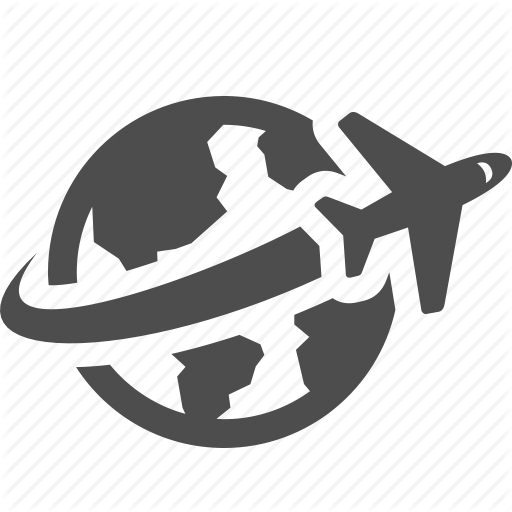Procedure to operate an airline in Canada
The organization responsible for granting licenses to run publicly accessible air services in Canada is known as the Agency. The Agency grants Canadian applicants authorization to run domestic aviation services. Additionally, it grants Canadian and foreign applicant’s licenses to provide scheduled and unscheduled international services to and from Canada.
- According to the Canada Transportation Act (Act), no one is allowed to run a “air service” unless they have a licence to do so.
- You must familiarise yourself with these laws and rules. the Aeronautics Act and related rules; the Canada Transportation Act (CTA); and the Air Transportation Regulations (ATR).
Eligibility/requirements
- For Canadian airlines to possess a domestic, scheduled international, or non-scheduled international license, being Canadian is must.
- Applications must be backed by the required liability insurance for the service(s) being offered under the license (s). A certificate of insurance and a certificate of endorsement must be submitted by applicants in this regard.
- Canadian applicants for a scheduled international licence (apart from for scheduled international flights between Canada and the United States of America or the European Union) must present proof that they have been designated by the Minister of Transportation as qualified to hold such a licence.
- To offer services using an aircraft with 40 or more passengers, applicants must satisfy certain financial requirements.
Documents Required
- A copy of a passport, citizenship card, birth certificate, or permanent resident card is required as evidence of the applicant’s Canadian citizenship or legal status.
- Corporate documents and agreement according to which The following paperwork needs to be submitted to the Agency if I the applicant or (ii) a corporate shareholder of the applicant has a non-Canadian ownership interest: Articles of incorporation (only applies to incorporated entities);
Corporate by-laws (only applies to incorporated entities); and
Shareholders’ agreement, partnership agreement or any other similar agreement between the owners.
- must present proof that they are approved to possess a scheduled international licence by the minister of transportation.
- Financial requirements submission.
How to apply Canadian Air Carrier Licence for Canadian Citizen and non citizen?
Procedure to apply Canadian Air Carrier License for the Canadian Citizen
- Fill in the completed application form.
- It is required to submit applications and supporting documentation in either English or French.
- Must have Certificates of Insurance
- Provide all the details in the application such as legal name of the applicant, Existing licensees, in particular, will just need to sign a declaration attesting to their continued Canadian citizenship, whereas first-time applicants will need to submit extra documentary evidence attesting to their Canadian citizenship. List the applicant’s head office’s phone number and address.
- Send the application and the required supporting materials to the agency.
- Only once the application has fulfilled all requirements will a licence be granted.
- The Agency’s performance goal is to grant new licences after determining that the application is complete within seven business days.
Procedure to apply Canadian Air Carrier Licence for the Non- Canadian applicant
- Fill in the completed application
- Applications must be backed by the required liability insurance for the service(s) being offered under the licence (s). A certificate of insurance and a certificate of endorsement must be submitted by applicants in this regard.
- The applicant must be in possession of a government-issued document that is comparable to the license(s) for which the application is being made in respect of the service(s) to be delivered under the document.
- Non Canadian must present proof that they have been designated as qualified to hold such a licence by the government of their home country or an agent of that government.
- Provide all the supporting documents.
- The Agency’s performance goal is to grant new licenses after determining that the application is complete within seven business days.
- Further details check here.
How to apply for charter permit?
You may need to submit an application for permission from the CTA, alert us beforehand, or submit a report following the flight if you wish to run a charter flight carrying people or products between Canada and another nation.
Following requirements depends on:
- your home country
- whether the charter flight will be carrying people or cargo
- the origin and destination of the flight
- whether or not the charter flight is resellable in the case of passenger charters;
- If a large or small aircraft will be used to execute the charter flight.
Procedure to apply
- Fill in the application form.
- Provide all the details in the application.
- Permission will modify your non-scheduled international license’s terms as necessary.
- Must provide additional documents, such as a copy of the signed charter contract(s) for the flight(s), as well as a financial guarantee from a Canadian financial institution, if you are applying to fly a passenger resaleable charter beginning in Canada.
- Additionally, you need to adhere to the guidelines in the Air Passenger Protection Regulations.
- Your application will be examined by one or more CTA Members, who will then determine whether to grant you an international charter licence. The Member(s) will evaluate your application taking into account: the terms and conditions of the applicant’s license; the requirements in legislation and regulations, any relevant international agreements, conventions or arrangements.
- For international applications, the Member(s) will also take into account any reciprocity issues and whether or not Canadian airlines are permitted to offer charters to and from the airline’s home country.
Required information while submitting the application
- the name, postal address, telephone number, and email address of any business or individual who is chartering an aircraft;
- the airport at each flight’s point of departure, the airport at its destination, as well as any other airports the licensee plans to use
- the timings and dates of each flight’s departure and arrival;
- the number of seats that are available for passenger charters; for goods charters, the kind, amount, and total weight of the cargo that will be transported on each flight.
- Type of aircraft


